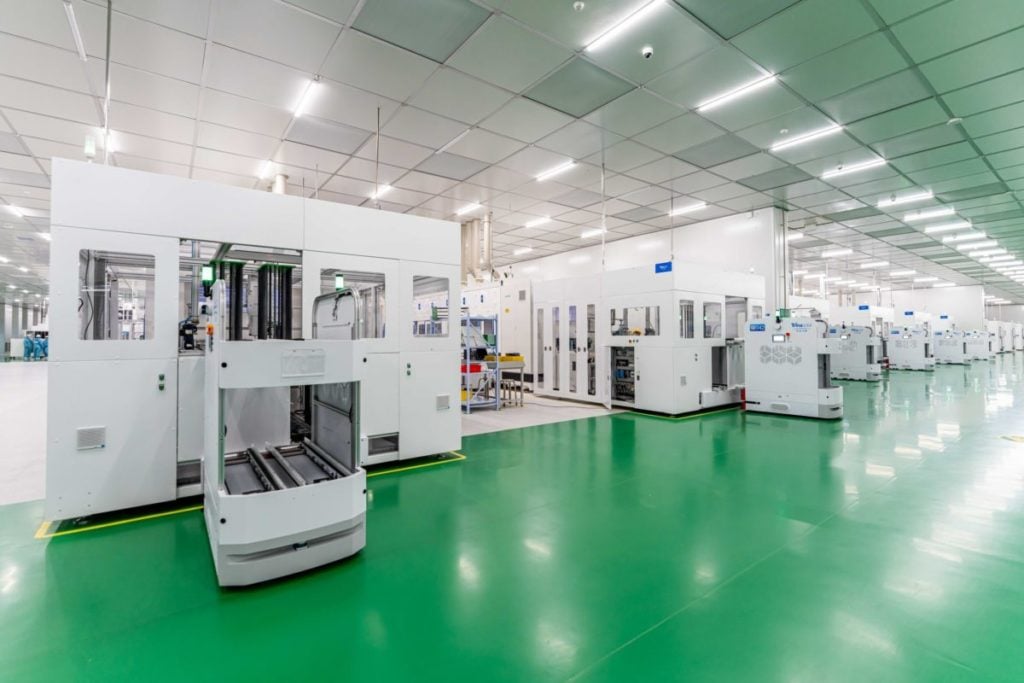
Trina Solar began producing 210mm monocrystalline wafers at its manufacturing facility in the city of Thai Nguyen, Vietnam last week. It said that the wafers would be used in Vertex modules to supply the US market.
The Thai Nguyen facility has 6.5GW of wafer production capacity, as well as 4GW of cell and 5GW of module production capacity. PV Tech contacted Trina Solar to confirm the specific technology of the cells and modules that will be produced.
Try Premium for just $1
- Full premium access for the first month at only $1
- Converts to an annual rate after 30 days unless cancelled
- Cancel anytime during the trial period
Premium Benefits
- Expert industry analysis and interviews
- Digital access to PV Tech Power journal
- Exclusive event discounts
Or get the full Premium subscription right away
Or continue reading this article for free
Earlier this month, the company began production of its n-type tunnel oxide passivated contact (TOPCon) cells at a facility in Qinghai province, China. Trina has previously said that it is committed to prioritising the transition from p-type to n-type products, which offer greater efficiencies and bifaciality than older, p-type technologies.
In a press release, the company said it is “accelerating the formation of an integrated n-type industrial layout”.
The inauguration of a wafer production facility in Vietnam is a notable development for Trina Solar, which last week was found to be circumventing the anti-dumping/countervailing duty (AD/CVD) tariffs by the US Department of Commerce.
Commerce’s findings said that Trina – along with four other named and numerous unnamed companies – had been shipping some of its products through its facilities in Thailand and Vietnam for “minor processing” before exporting to the US, and in doing so were circumventing the payment of AD/CVD import tariffs.
Wafers are the cut-off point for the AD/CVD tariffs, and a wafer production facility in Vietnam could make Trina’s shipments to the US more straightforward. As per the rules, cells and modules imported to the US from Southeast Asian countries must prove that they are not made using a Chinese wafer or cell.
Solar cells, in particular, must either be made using non-Chinese wafers or be shipped to a third country outside of Southeast Asia for module assembly before entering the US.
US trade body Clean Energy Associates said last week that: “Most companies that do not have captive wafer factories in the named countries [Vietnam, Cambodia, Thailand and Malaysia] are unlikely to be able to export cells duty-free to the United States.”
Currently, the tariffs are suspended under the US President’s two-year waiver, due to expire in July 2024. Most manufacturers are expected to be able to adjust their supply operations before the AD/CVD tariffs kick in.






